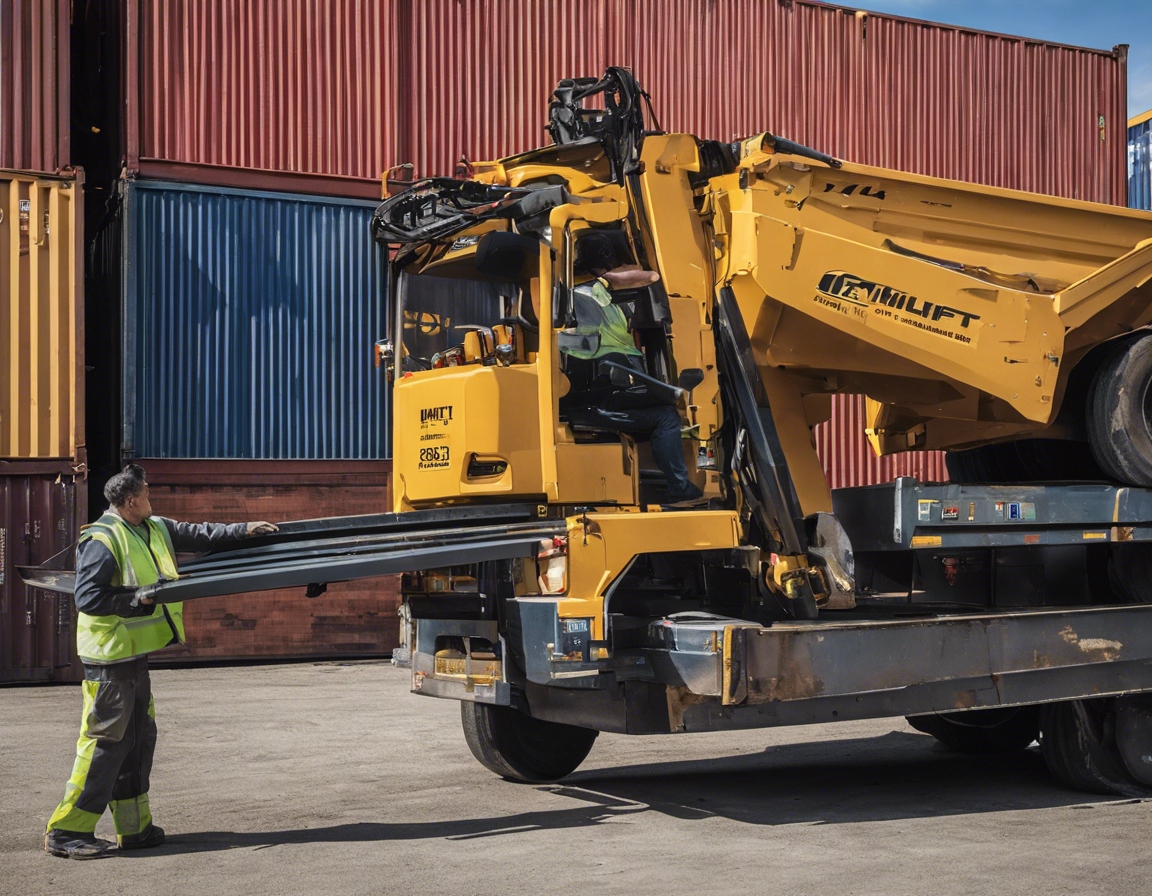5 trends shaping the future of construction
The construction industry is on the cusp of a transformation, driven by a series of emerging trends that promise to reshape the way we build our future. For stakeholders like local government bodies, commercial developers, and residential clients, understanding these trends is crucial for making informed decisions and selecting the right construction partners. KP EHITUS OÜ is at the forefront of integrating these trends into our services to address the diverse needs of our clients.
1. Sustainable and Green Building Practices
Energy efficiency is becoming a cornerstone of modern construction. Buildings are being designed with better insulation, energy-efficient appliances, and smart systems that minimize energy consumption.
Construction materials are being scrutinized for their environmental impact. Sustainable materials such as bamboo, recycled plastics, and reclaimed wood are becoming more prevalent in construction projects.
Green certifications like LEED and BREEAM are setting the standard for sustainable construction, encouraging builders to adopt eco-friendly practices.
2. Technological Advancements
BIM technology is revolutionizing project planning and management by creating digital representations of physical and functional characteristics of places.
Prefabrication and modular construction are gaining traction, allowing for faster, more cost-effective building processes with less waste.
Drones and robotics are being increasingly used for surveying, inspections, and even in the actual construction process, enhancing precision and efficiency.
3. Focus on Safety and Health
The industry is adopting more advanced safety equipment to protect workers, including wearable technology that monitors vital signs and alerts for potential hazards.
Mental health is gaining recognition as a critical aspect of workplace safety, with more resources being allocated to support workers' well-being.
There is a growing emphasis on safety training and education to ensure that workers are prepared to handle the evolving risks present on construction sites.
4. Increased Use of Data and Analytics
Big data is being used to analyze and improve various aspects of construction projects, from design to supply chain management.
Predictive analytics tools are helping to forecast project outcomes, identify potential issues before they arise, and optimize resource allocation.
Performance monitoring systems are being implemented to track the progress and efficiency of construction projects in real-time.
5. Evolving Labor Force and Skills
The construction industry is facing a skilled labor shortage, prompting companies to invest in training and recruitment to fill the gap.
Training and development programs are becoming more important to equip workers with the necessary skills to handle modern construction techniques and technologies.
The industry is recognizing the value of diversity and inclusion, working towards creating a more varied workforce that can offer a wider range of perspectives and solutions.






Comments (0)